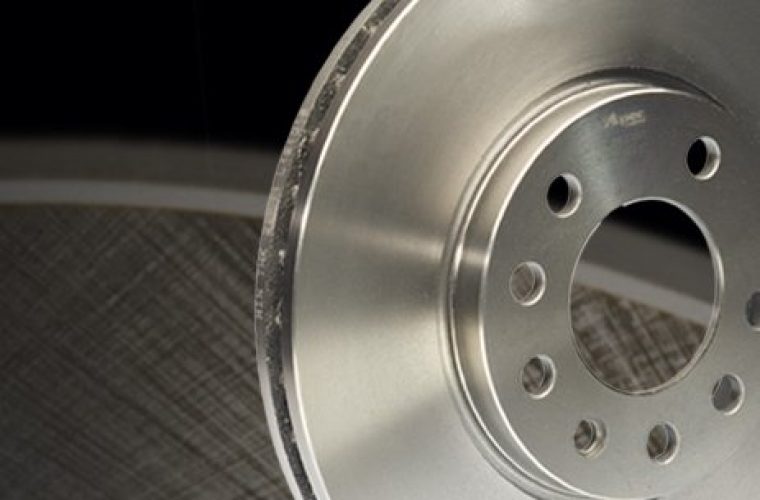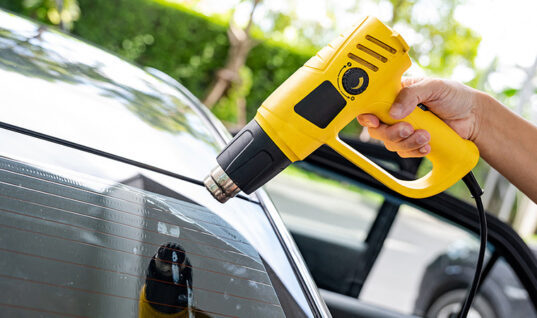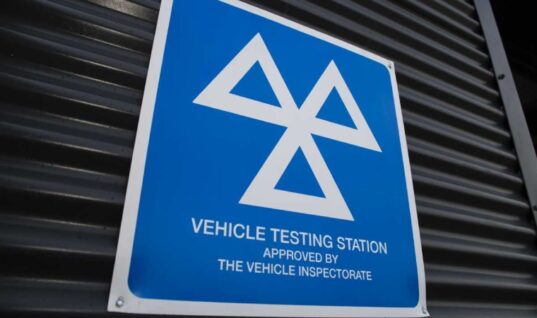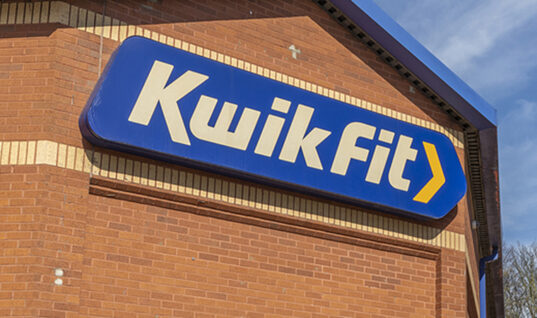The correct minimum thickness for any brake disc is the one specified by the motor vehicle manufacturer. Any thinner, and the disc will no longer deliver the braking performance intended.
Hot and bothered
Disc thickness specification isn’t arrived at by chance. It’s the result of numerous calculations covering key criteria, principally heat dissipation, and caliper/pad retention. Clearly, the thicker the disc, the more material there is to dissipate heat.
Once the disc is thinner than specified, it will fail to shed heat sufficiently under prolonged heavy braking or in a full-on emergency stop. The discs anneal, the pad material starts to break down and braking performance is seriously compromised.
Failure is a real risk
The problem with caliper/pad retention is that when the disc is too thin, the pistons in the caliper push out the pads further to make contact with the disc. If the pads are also thin, this can mean the caliper overextends; the pistons aren’t properly supported and either apply pressure unevenly or won’t retract.
The result is brake drag or lock, which can generate enough heat to make the brake fluid evaporate, leading to total brake failure. Another possibility is that the piston no longer seals with the caliper, leading to loss of brake fluid and again, eventual brake failure in the worst case scenario.
If the disc is very thin or the braking very aggressive, the friction ring can shear away from the hub, resulting in probable brake failure and loss of control.
Dangerous to drive
Driving a car with discs below the manufacturer’s recommended thickness is unpleasant, as well as dangerous. It can cause vibration and shaking at the steering wheel, and disconcertingly long brake pedal travel. Brake fade occurs much more quickly too.
Don’t take risks with discs
Discs are relatively inexpensive, so considering the possible consequences, the answer must always be: if in doubt, replace.
It only takes moments to measure and check disc thickness. Most discs will have the minimum thickness stamped on the hub or edge, or you can simply look it up on the Apec website. This shows you the vehicle manufacturer’s recommended thickness – and the safe minimum.
Use the ‘More Details’ button below to visit the Apec website now.







